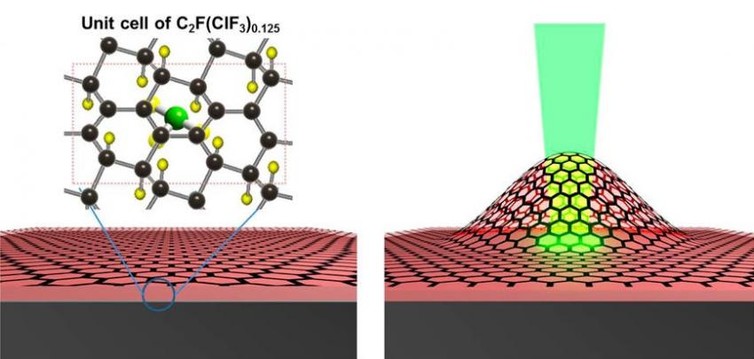This year, the Nobel Prize of chemistry went to the three scientists who developed the smallest machines in the world “nanorobots”. These nanorobots are smaller than the human hair which can be used in different applications. The most promising field for these incredibly small machines are in medical fields where these robots can reach inside the cells of human body. These nanorobots are made of different materials which can be moved by external stimulation such as light and magnet. One example of these nanorobots is based on an engine made out of graphene. This engine is developed by a group of researchers from Singapore who believe it could power nanorobots to be used in attacking cancer cells. The graphene engine is made out of highly elastic piece of graphene which is inserted by chlorine and fluorine molecule. Firing the engine by a laser causes it to expand, turning the laser on and off makes it jumping back and forth like a piston in the car. More applications of graphene is still rising which show the promising future of graphene.

Image retrieved from: theconversation.com
Posted by Mohammed ZABARA on October 26, 2016
Comments
Post a Comment